Pests Poo Too! The Role of Introduced Predators on Water Quality Assessments
Microbial water quality assessments tell us when poo has contaminated our rivers. But whose poo? Pests like possums potentially have a role in faecal contamination of freshwater. The Faecal Source Tracking project has confirmed the same E. coli subtypes found in pests are also found in our environment
The poo of ruminant animals, especially cows, is often under the spotlight when it comes to discussions involving water quality. So too is human waste, with rural and urban communities often trading blame for degrading waterways. Ultimately, we all need to work together to improve the health of our rivers and lakes. But pests poo too, and in the right environments they may be found at high densities, potentially having a role in faecal contamination of freshwater.
With support from the Our Land and Water National Science Challenge, Adrian Cookson and Marie Moinet (AgResearch), partnered with Te Kāuru (Eastern Manawatū River) hapū collective to develop a project that considered the ‘whose poo?’ question.
The project’s aim was to use E. coli, a microbial indicator of faecal contamination, as a target for comparative analysis of pest and environmental samples.
Led by Te Kāuru, the research team was able to deploy an array of 35 traps in the Mākirikiri Reserve near Dannevirke to make a dent in pest populations and give a helping hand to native fauna and flora. Funding included pay for local hapū to check traps, and together with staff from Tararua District Council, carcasses were transported to the Hopkirk Research Institute in Palmerston North for further analysis.
As part of this trapping, the team also received some great training from the Goodnature team who manufacture the self-resetting CO2 gas-powered traps, some of which were deployed in the Mākirikiri Reserve.
Over the two-month intensive trapping period, the team removed 49 possums, 5 rats, 3 hedgehogs and a ferret from the Mākirikiri Reserve
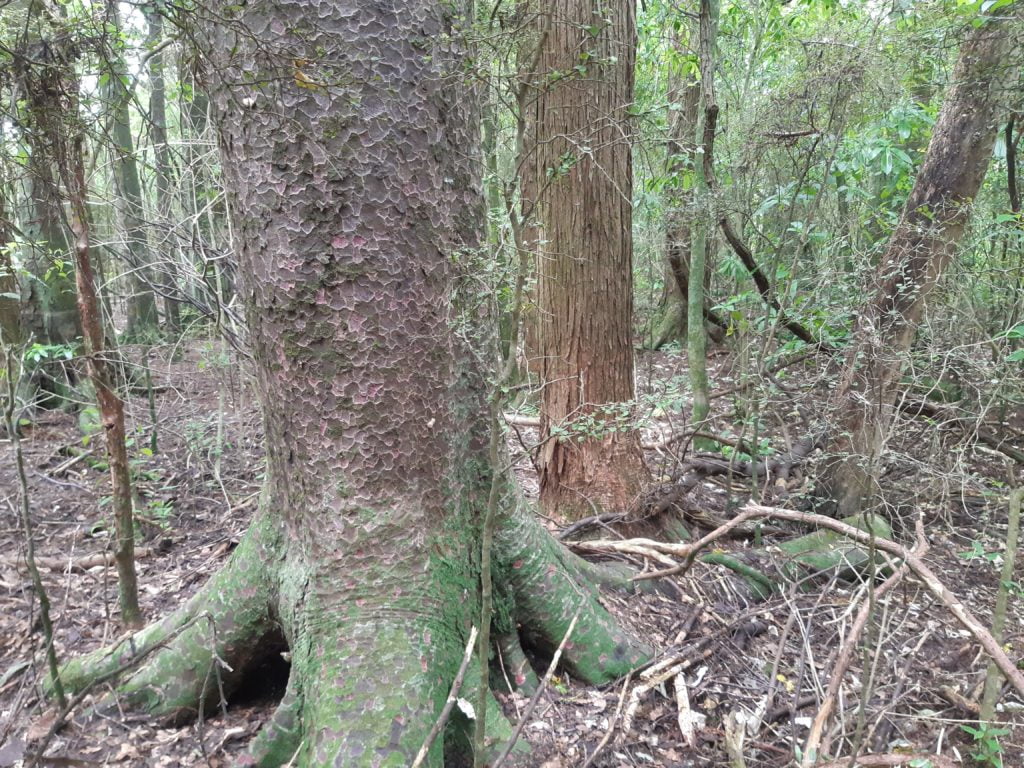
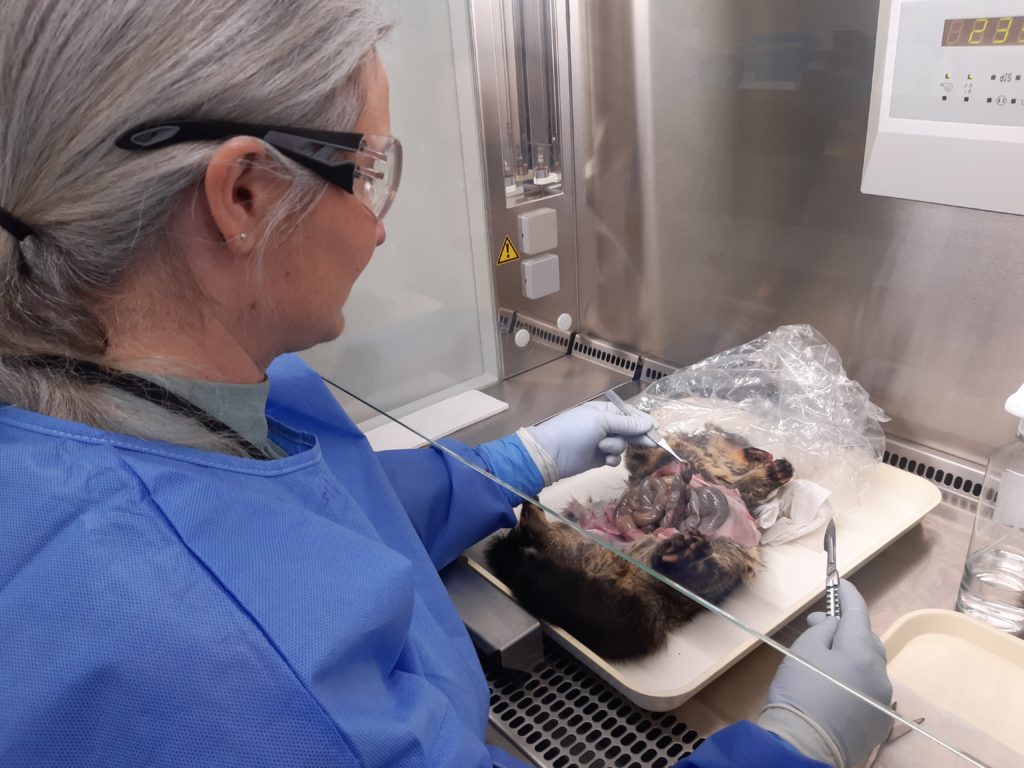
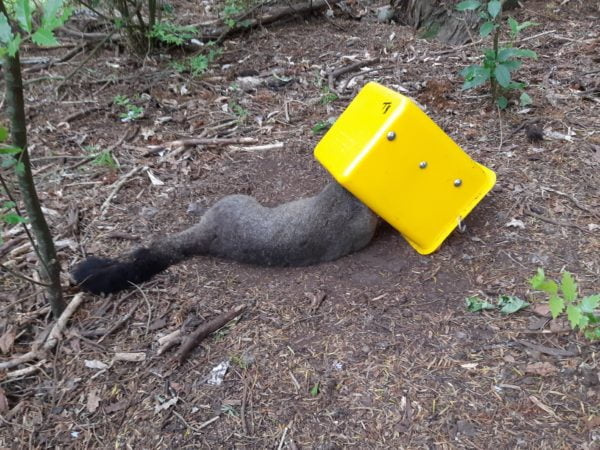
In parallel with trapping, the project also undertook environmental sampling at two different sites along the Mākirikiri Stream that runs through the reserve, to compare E. coli isolated from pests with E. coli recovered from water, soil, sediment, submerged aquatic biofilm samples and any faeces (avian and possum) recovered from the stream bank.
During the fieldwork, the team was able to use lab-based culture methods to isolate and subtype 420 E. coli. One E. coli subtype was found in the gut contents of 21 different possums, a hedgehog, a rat, a ferret, three separate avian faecal samples, and a sediment sample. Another E. coli subtype was found in the gut contents of 17 different possums and a rat, but also three separate possum faecal samples, two water samples and a soil sample.
By using DNA sequencing methods to examine all the E. coli from a particular sample, the research team were also able to replicate our culture-based methods and confirm that the same E. coli subtypes found in the pests were also found in the environment.
High-resolution whole-genome sequencing of E. coli isolates is now underway to determine the relationship between different E. coli at the very fine detail level.
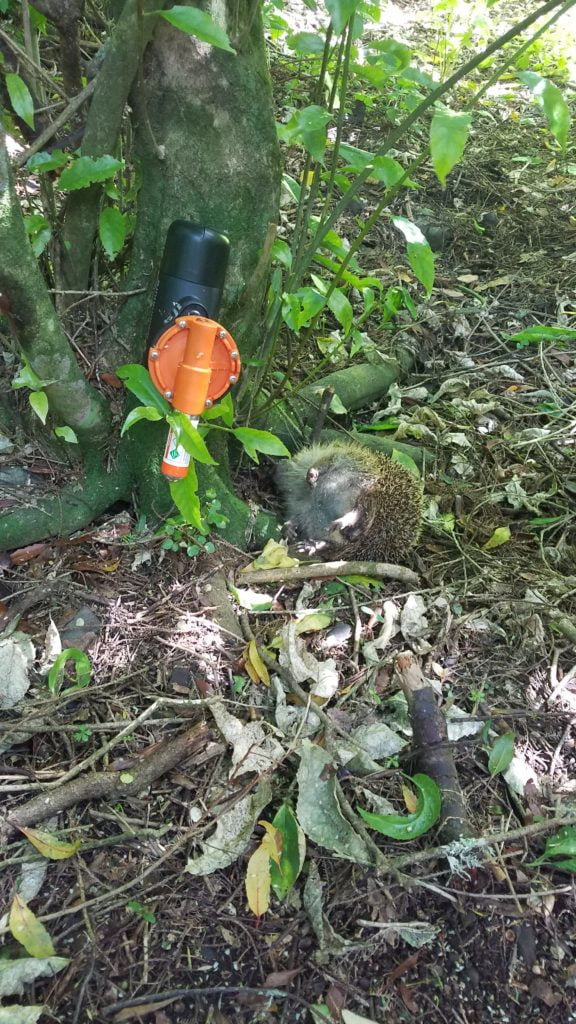
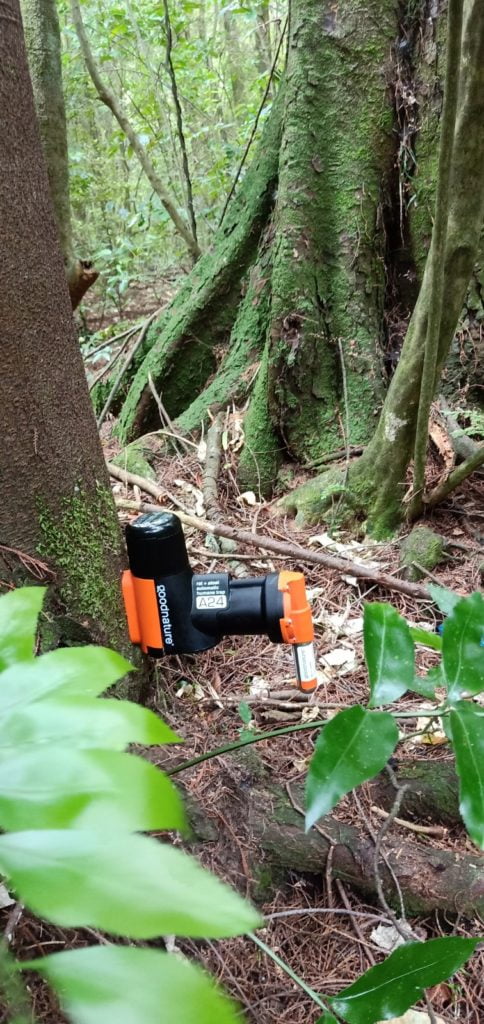
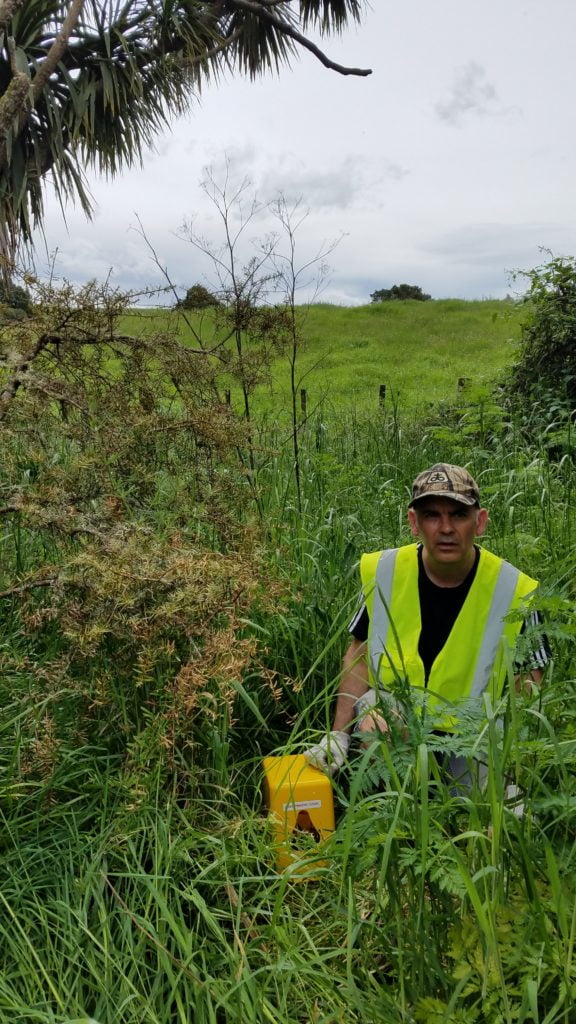
The research partnership with Te Kāuru has been built on trust and respect, many cups of tea, and shared values to enhance the mauri of this culturally significant site. This project provided opportunities for local hapū to reconnect with the taiao, be paid to check traps, and at the end of the project the traps were gifted to Te Kāuru and local hapū to maintain and/or re-deploy elsewhere.
Through this shared kaupapa with local hapū we have taken the first small steps to improve the biodiversity of the Mākirikiri Reserve, and understand ‘whose poo’, but our journey to understand kaitiakitanga, manaakitanga, and whakawhanaungatanga values continues.
The research team would like to thank Te Kāuru and local hapū partners involved in the trap monitoring and carcass removal, Tararua District Council staff and Rose Collis (PhD student, AgResearch) who helped transport the carcasses, and Our Land and Water National Science Challenge for funding this work.
___
More information:
- Faecal Source Tracking research
- Trapping in Mākirikiri Reserve on the Goodnature blog
Author
 View Our Strategy Document 2019 – 2024
View Our Strategy Document 2019 – 2024




Leave a Reply